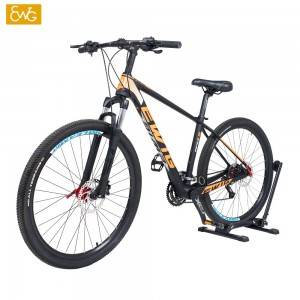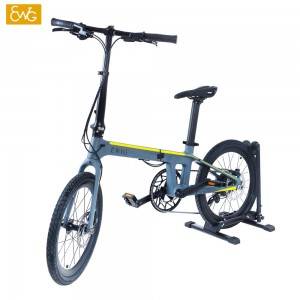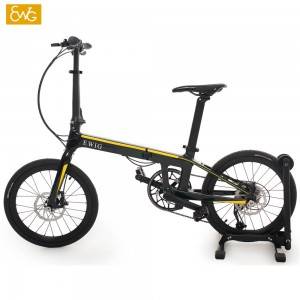Pick up any marketing material from any number of bike brands offering a carbon fibre frame and you’re sure to be inundated with vague jargon about the materials and construction methods used. Take a deeper look and you’ll find that so many brands are actually talking about similar things, and yet, the end result is often so varied.
Using carbon fibre to make a frame is no different, and in this analogy, detailed engineering, correct material selection, layup design, and manufacturing consistency all combine to separate the impersonators from the experts, and even the experts from each other.
1.How to make carbon fiber frame.
Patterns machined from tooling board
Once the design of the frame and the pattern has been decided on, it can then be machined from tooling board. For this process, epoxy tooling board is used as it has the properties necessary to allow it to be used in the production of carbon fibre tooling using a specialist tooling pre-preg.The machine cuts the board in several stages, starting with a very rough cut before repeating the passes with finer and finer cuts until the pattern is fully machined from the block. However, the finish from the machining process will need further hand fettling and sealing to get it high enough quality for the moulding process.
Finishing and sealing the patterns
Post machining, the pattern will need smoothing out by sanding the surface until the desired finish is achieved. The pattern then needs sealing to give a gloss sealed surface ready to mould from.Multiple coats of sealant are used on the main part of the pattern to get the high quality, high gloss finish. Due to the frame complexity, it is necessary to use inserts onto the mould to ensure that under cuts and certain complex detail is formed correctly. These areas also have precision accuracy requirements so should only have a couple of layers.Holes have been drilled into the mould to allow metal alignment inserts to be fitted. This is to ensure that once the moulds are made, they are perfectly aligned so that the holes can be used to bolt the mould halves together in precisely the right position. The holes are positioned as close as practical to the tooling part edge so that the clamping force around the critical joining areas is consistent.
Finishing and paint
At this stage, the main composite work is done. The frame is now finished off with a light sand and fettle before spraying with a satin lacquer. In this case, no other paint is used as we wanted to show off the raw carbon finish under the clear lacquer.The frame can then be assembled with all the bearings, linkages, brackets and parts to make a finished bike. It was then tested and raced with the feedback used to tweak the design and layup ready for the production model.
2. Piecing Together the Bike
At long last, it is time to put the bike together.
You must face the head tube! the frame builder. This tool scrapes a little off both ends of the head tube to ensure that the surface the headset seats on is perpendicular to the axis of the head tube. Then you can use another tool to press the headset into both ends of the head tube. Next I had to seat the lower headset race onto the front fork. We used a spare head tube and a mallet to push it all the way down the steerer tube. Next you need to cut the steerer tube to length. put the fork in the head tube with as many spacers as you need and the stem in place, make a mark at the top of the stem and cut about 4 mm below the mark. Next you have to get the star nut in the steerer tube. This took a star nut tool and some persuasion with a hammer. Install the front fork now.Go to a local bike shop to get a seat tube clamp, stem, wheels, cranks, a seat, rear cog with lockring, chain, and anything else you need to start rolling. After the assembly is complete, the finished bicycle comes out.
Learn more about EWIG products
Post time: Nov-06-2021




